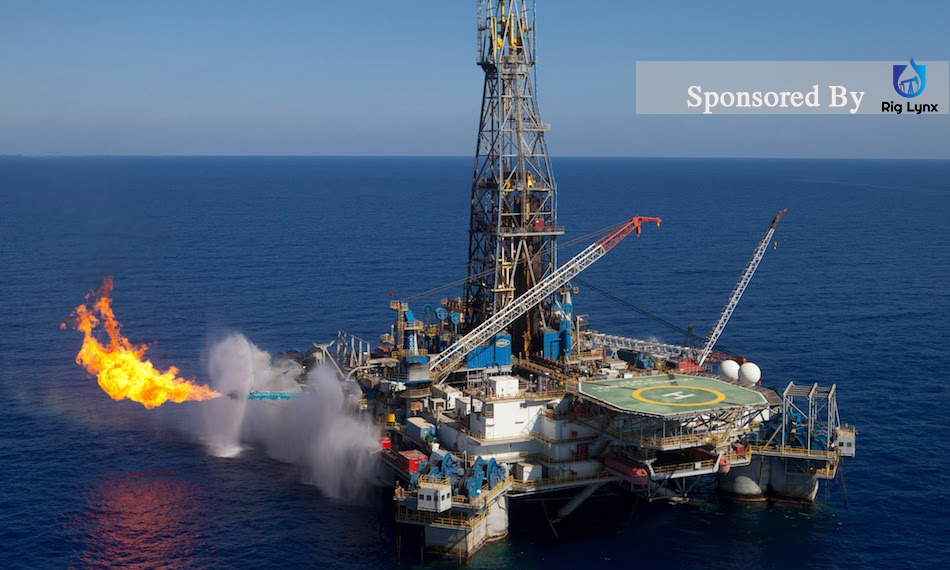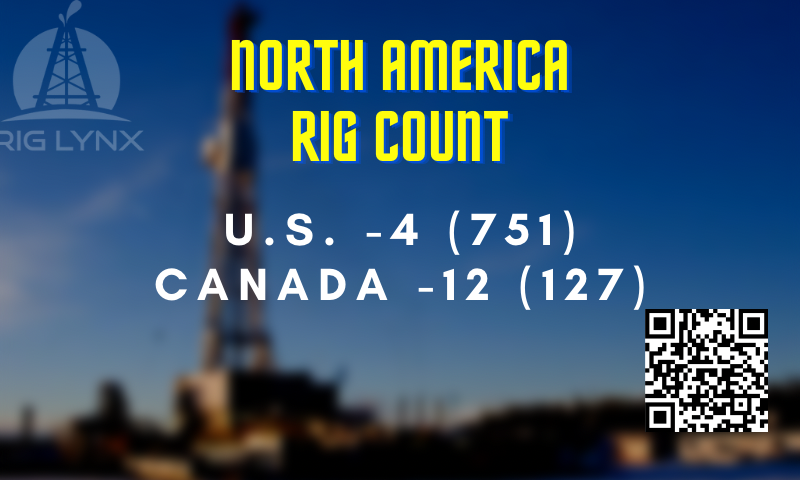
Despite booming shale oil production in the U.S., expectations of more Russian and Saudi oil, and repeated warnings that a trade war will dampen economic growth and thus demand.
In some ways, this is the perfect storm, with production problems in Libya and Venezuela coincidentally occurring at a time of strong demand and stagnant non-OPEC production (excluding U.S. shale oil). In this, the situation resembles that of 2003/4, when problems in Iraq and Venezuela combined with strong economic growth sent prices on their way to triple digit levels. Coming after the 1998 oil price collapse constrained upstream investment, the surge in prices seemed irresistible.
To some degree, fears that an increase in Saudi production will mean less spare capacity available for emergencies appear illogical. Better for the oil to be produced now, then to leave it in the ground. But what matters is whether the Saudi oil improves the market balance (and goes into inventory) or replaces lost supply, especially from Iran. In the latter case, which appears likely at present, the market does become more vulnerable to further supply problems. If the Iranians do manage to maintain export levels, then the Saudis will be reducing the strain on the market.
Considering that energy security for years focused on the potential for large-scale supply disruptions (war in the Arabian/Persian Gulf, for example), the fact that the supply losses are individually small but in total significant is surprising. The problems in Libya, Syria and Yemen may be loosely connected (due to the Arab Spring uprising), but the others are completely unrelated. Production declines in Nigeria and Venezuela are due to internal political conflicts, and the possible loss of Iranian supply the result of a dispute with the U.S. government. South Sudan’s production has been shut in by civil war.
Also at play is the “law of interconnected monkey business†(described in Aaron Elkin’s series on Gideon Oliver, the skeleton detective). Not all supply problems are unrelated to market developments, especially when union workers are involved. Workers’ leverage is at its maximum when markets are tight, so it is not surprising that both Gabon and Norway are seeing labor actions. The amounts involved are relatively minor, adding insult to injury—but the impact is magnified by market conditions.
For those trying to predict the future price path, this combination is particularly aggravating. It is much easier to predict OPEC decisions than the political developments in Iran, Libya, and Venezuela which are not connected to each other or the oil market, but also have different timing effects.  It will be months before it is clear whether or not Iranian sales are maintained, Libyan production could recover very quickly (or be significantly delayed), and Venezuela might, with foreign assistance, stabilize its supply.
It may be coincidental that all of these are occurring simultaneously, and a similar coincidence could see most resolved in the next few months, but that would be quite the coincidence. As long as the global economy remains strong and spare production capacity slight, expect that every bit of negative news, such as the formation of an Atlantic hurricane, will boost prices. Relief before fall does not appear to be in the cards.
Check out our other current stories, we dare you…



